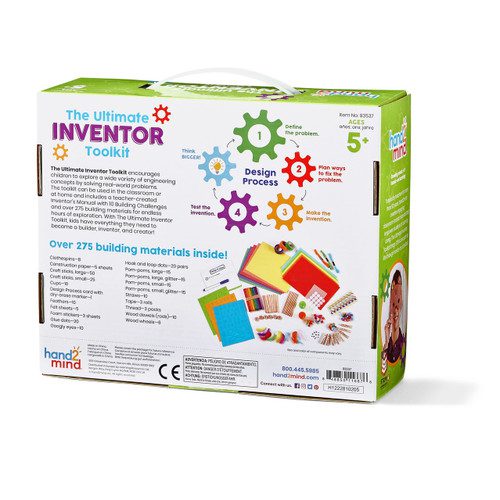Crafting a good puzzle involves careful thought and planning, whether it is for entertainment or educational purposes. Puzzle creators can use brainstorming, creating a structure, problem-solving techniques, and obtaining feedback and testing to make their puzzles stand out. When brainstorming, they should consider their target audience’s interests and draw inspiration from various sources such as popular puzzle formats, current events, or trending topics. To create a well-structured puzzle, it should have a clear goal, a set of rules, and a conclusion. It is essential to consider different learning styles when designing puzzles. Obtaining feedback and testing is vital to refine the puzzle and make it more enjoyable for the audience.
The Puzzle Creator’s Toolkit: Tools and Techniques for Crafting Challenging Puzzles
As a puzzle lover, have you ever wondered about the process that goes into creating engaging and challenging puzzles? Whether you’re interested in creating puzzles for entertainment or educational purposes, crafting a good puzzle requires careful thought and planning.
Here are some tools and techniques that puzzle creators can use to make their puzzles stand out:
Brainstorming
The first and most essential step in creating puzzles is to brainstorm ideas. You can start by jotting down ideas on paper, using mind mapping software or just brainstorming with other people. It might seem like a simple task, but it’s one of the most challenging aspects of creating a good puzzle.
When brainstorming, you can draw inspiration from various sources, such as popular puzzle formats, current events, or trending topics. It’s also essential to consider your target audience and their interests. For example, young children may prefer puzzles that are colorful, visually appealing, and require minimal reading skills, while adults may prefer puzzles that are more challenging and require critical thinking skills.
Creating a Structure
Once you have your puzzle ideas, the next step is to create a structure. A well-structured puzzle should have a clear goal, a set of rules, and a conclusion. A puzzle structure should ensure that players can follow the instructions and understand the goal of the puzzle.
Developing a structure for a puzzle is essential for two reasons. First, it helps puzzle creators manage and implement their puzzle ideas more effectively. Secondly, it ensures that players can understand the puzzle and adds clarity to the experience.
Problem-Solving Techniques
Creating puzzles require more than just a creative imagination. Puzzles should also involve some sort of problem-solving to be enjoyable. The problem-solving technique used in puzzles can vary depending on the puzzle’s purpose and audience.
For example, word puzzles, such as crosswords or anagrams, typically require vocabulary skills and a knowledge of language. Whereas mathematical problems, such as Sudoku or Kakuro, require basic arithmetic skills, logical reasoning, and deduction skills.
It is crucial to consider different learning styles when designing puzzles. Creating puzzles that cater to various skill sets and different types of learners can make the experience more enjoyable for a larger audience.
Feedback and Testing
The final step is testing and obtaining feedback. Puzzle creators can test their puzzles with a group of volunteers or beta testers. Testing the puzzle with individuals who have various skill sets and backgrounds can provide valuable feedback on what parts of the puzzle need improvements.
Feedback can also help puzzle creators understand what elements of their puzzles work well and what can be improved. A puzzle creator can then refine the puzzle, polish the final product, and make it more enjoyable for the audience.
Conclusion
The creation of puzzles is an art, and like any work of art, requires careful thought and patience. Brainstorming ideas, creating a structure, using problem-solving techniques, and obtaining feedback and testing are critical processes that puzzle creators use to craft engaging and challenging puzzles. So, next time you’re doing a puzzle, take a moment to appreciate the ingenuity and thoughtfulness that goes into creating it.
